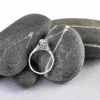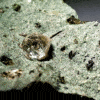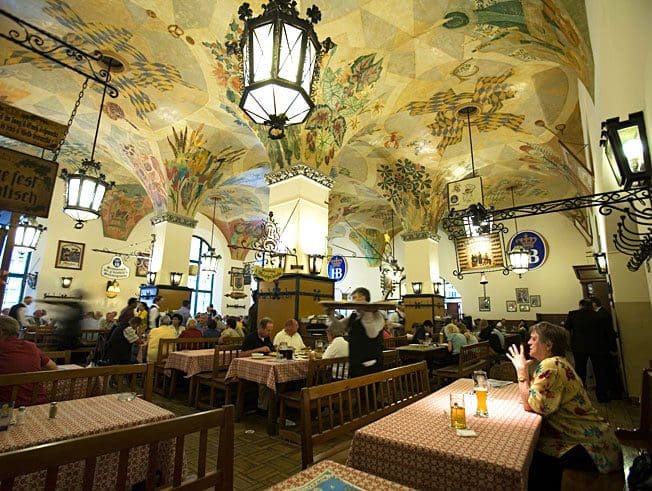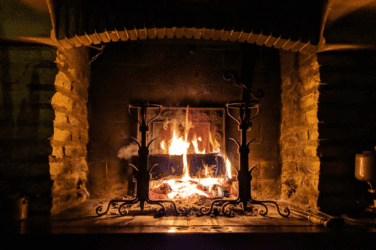The truth about conflict & ethical diamonds – words Alice Turnbull
When thinking about diamonds, we imagine exquisite jewellery. Sparkling engagement rings and wedding bands to delicate earrings and statement necklaces.
Diamond rings are usually a token of everlasting love. They are passed down by families. They represent something that will last forever.
The value of knowing that the precious gemstones in these rings come from the rarest and most exceptional materials on earth is priceless. In order to ensure we buy ethical diamonds though it is essential to understand the diamonds origin and the story of the jewellery.
Following a drop in demand and prices, the diamond market started to pick up again in 2016 and now continues to appeal to consumers worldwide. Unfortunately, the carnage left behind in some darker areas in the market doesn’t quite represent the happiness that diamonds typically portray.
What are blood diamands?
What should be a symbol of love is, in reality, a hardship for many others. Blood diamonds, also known as conflict diamonds, are those mined in areas controlled by rebel factions opposed to recognised governments. They are sold illegally to finance invading armies and violence.
Many of the diamond mines across the world have not only resulted in a mountain of sparkling rocks, but violence and civil wars. This also means human suffering and exploitation and environmental degradation. Over the past 20 years alone, civil wars have started in seven countries around Africa. This includes Liberia, the Democratic Republic of Congo, Angola, Côte d’Ivoire, the Republic of Congo, the Central African Republic, and Sierra Leone.
Wars fuelled by blood diamonds in Africa and elsewhere have resulted in about 3.7 million lives lost and millions missing, so far. There are also millions still suffering and living with the aftermath of lost friends and family, and broken lives. Rebel groups are usually responsible for the violence caused in these areas. However, mining companies and governments are also culpable of destruction, often in countries not at war.
Although consumers are becoming aware of the violent histories of some diamonds. With support from the media attention gained around the Leonardo DiCaprio film, Blood Diamond in 2006 demand against the bloodshed is rising. People do want conflict free diamonds. Violence still plagues many mines in Africa. A significant number of gemstones are still entering the market undetected. It was estimated that between four and fifteen percent of the rough diamond trade was made up of conflict diamonds just over a decade ago.
Nikolay, CEO of engagement ring specialists Taylor & Hart, grew up in Africa, living in both South Africa and Zimbabwe for 15 years. Reflecting on his memories of the region, he says:
“Growing up in South Africa, we were acutely aware of the human rights violations that were happening in neighbouring Zimbabwe, under the government of President Robert Mugabe. Millions of people were being oppressed by his regime. Thousands crossed the borders into South Africa as refugees, trying to find work illegally. When in 2008 we heard about the crackdown by the government on miners in the Marange mines, we decided to take an active position. Though at the time Zimbabwean diamonds were not considered ‘conflict’ by international standards, we would ensure we no longer knowingly offered them and have not ever since.”
Improving ethical sourcing methods
The inability to distinguish ethical and conflict diamonds on the market led to global concern among consumers and trade associations. In an attempt to oppose the blood diamond trade, the Kimberley Process arose in 2003. This is an international certification scheme made up of 80 participating countries. Since then, conflict diamonds entering the supply chain is scarce, and the number in circulation is now less than one percent.
However, the Kimberley Process is not a perfect solution. Countries cannot be forced to join the process, and several have declined. The process has also faced criticism over the years for not truly verifying conflict-free ethical diamonds. The identification method only includes governments, industry, and NGO’s. It does not consider the fact that workers in places like Zimbabwe are still suffering a high level of brutality and denied fundamental rights. As a certified conflict-free country, diamonds sourced from Zimbabwe are marked as such, yet they are not ethical. A further issue of the process is the paper-based certification method used, leaving room for loss, tampering, and imitation.
As awareness of the situation and demand for the blood diamond trade to stop rises, more companies and people are supporting the fight and helping the process evolve. Everledger is a company working with Blockchain technology, which is going to transform the way diamonds are tracked within Kimberley Process. It securely tracks and stores data digitally, making it available to customers and retailers. By making everything digital, the process itself becomes more ethical, removing the need for a paper-based system. It also eliminates the risk of tampering and loss.
Since conflict-free does not currently mean ethical, some traders make an effort to avoid purchasing diamonds from Zimbabwe and use the Kimberly Process as a guide only. CanadaMark is a solution for some consumers, as this outlines the history and origin of a diamond. As knowledge increases, buyers can request a certificate for their diamonds, which will include the country of origin.
An alternative solution to the diamond trade was the creation of synthetic diamonds. These are gemstones made in a lab and have a niche in the market of their own. The problem with this solution is that natural diamonds provide for the local economies in most countries of origin and the creation of synthetic gems takes that economy away. It is estimated that 10 million people currently benefit financially from the diamond industry worldwide. Millions of careers could be lost if the synthetic rocks were to be a permanent solution.
As demand for the perfect rock rises, fewer reserves are found. So the value of diamonds continues to grow.
The truth about conflict & ethical diamonds – words Alice Turnbull





















